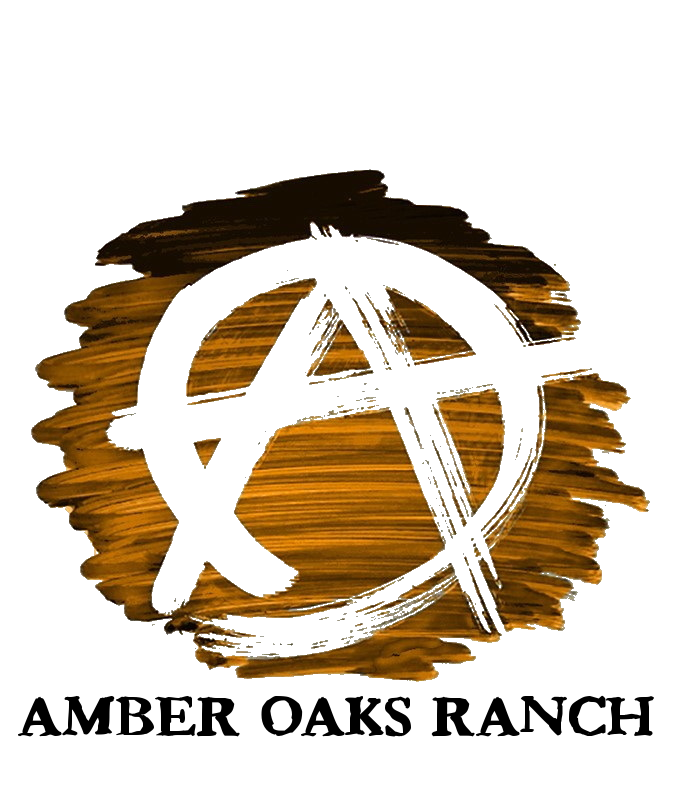January 2024 vol. 4
This weekend I finally finished processing the deer I took at the end of December. You would think, with over a thousand pounds of meat in the freezer, that I wouldn’t need to hunt for more – and you’d be right. I don’t NEED more meat. Truth be told, I love venison! It has a very deep and rich flavor that I relish.
Venison is one of the reasons that I got into raising my own meats. Grass and forage add immense flavor to the meats, and you just don’t get that flavor from factory farmed animals. I haven’t seen anything written to support this, but I contend that the intensity of the flavor of the meat is directly correlated with how high up in the air the animal browses. As cattle graze primarily from grass, their meat has a milder flavor. Sheep are one step up, eating both grass and shrubs. Deer and goats, when given access, eat high up into the tree line. This woody browse and mast (the nuts and acorns) impart an intense flavor to the meat that we enjoy.

Since I had the meat grinder out grinding venison for burgers and sausage, I thought I’d run a few pounds of beef fat through the grinder to replenish my supply of tallow (grinding the fat is less work than dicing it up).

As you recall from last week’s newsletter, I discussed the important roll fat played in the lives of our forefathers. I focused primarily on lard – the fat of pigs, but the fat from cattle, deer, and bear were also highly prized. And, just like their muscle tissue, the higher they graze the more intense the flavor of the fat. The changes in the flavor of the fat is much more subtle than that of the meat, but it’s enough that you wouldn’t want to use deer tallow in a pie crust. Not only does the flavor change, but the differing fats vary with respect to color, texture, melting point, and smoke points. This is why tallow is preferred over lard for making candles.
I try to avoid seed oils as much as possible, so we go through a fair bit of lard and tallow. I admit, I’m a skeptical kind of guy, but there is a lot of data showing the correlation between the increased use of seed oils (canola, safflower, soybean, etc.) and the increase in disease. LDL, HDL, Omega 6, PUFAs – there is so much conflicting and ever-changing information being released that it will make your head spin.
You’re likely getting mixed messages from your doctor as they wrestle with these shifts in paradigm, but if you dig into the history of seed oils and the demonization of cholesterol, you’ll likely start questioning everything and perhaps end up wearing a tinfoil hat. I like to keep it simple, and seed oil manufacturing is anything but simple, whereas there is nothing complicated about lard and tallow. Avoid the inner isle of the grocery store, cook your own meals, and eat plenty of pasture raised meat, milk, and eggs.
If you’re interested in making your own lard or tallow, you can order pork and beef fat from our website. I also have a few pounds of lamb fat, just make note of it in the comment section. Occasionally we offer rendered lard on our website but rendering it yourself is a very simple process. You can also order it from the likes of Amazon – just be sure to that it’s pasture–raised or get it locally from our friends in Elgin at The Ungovernable Project.
Well thanks for chewing the fat with us. See you at the market!


Add Comment